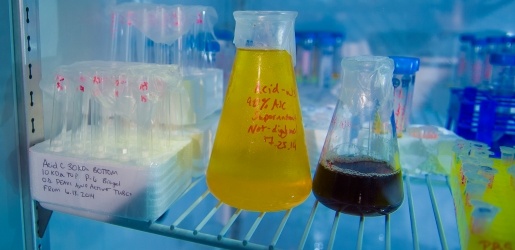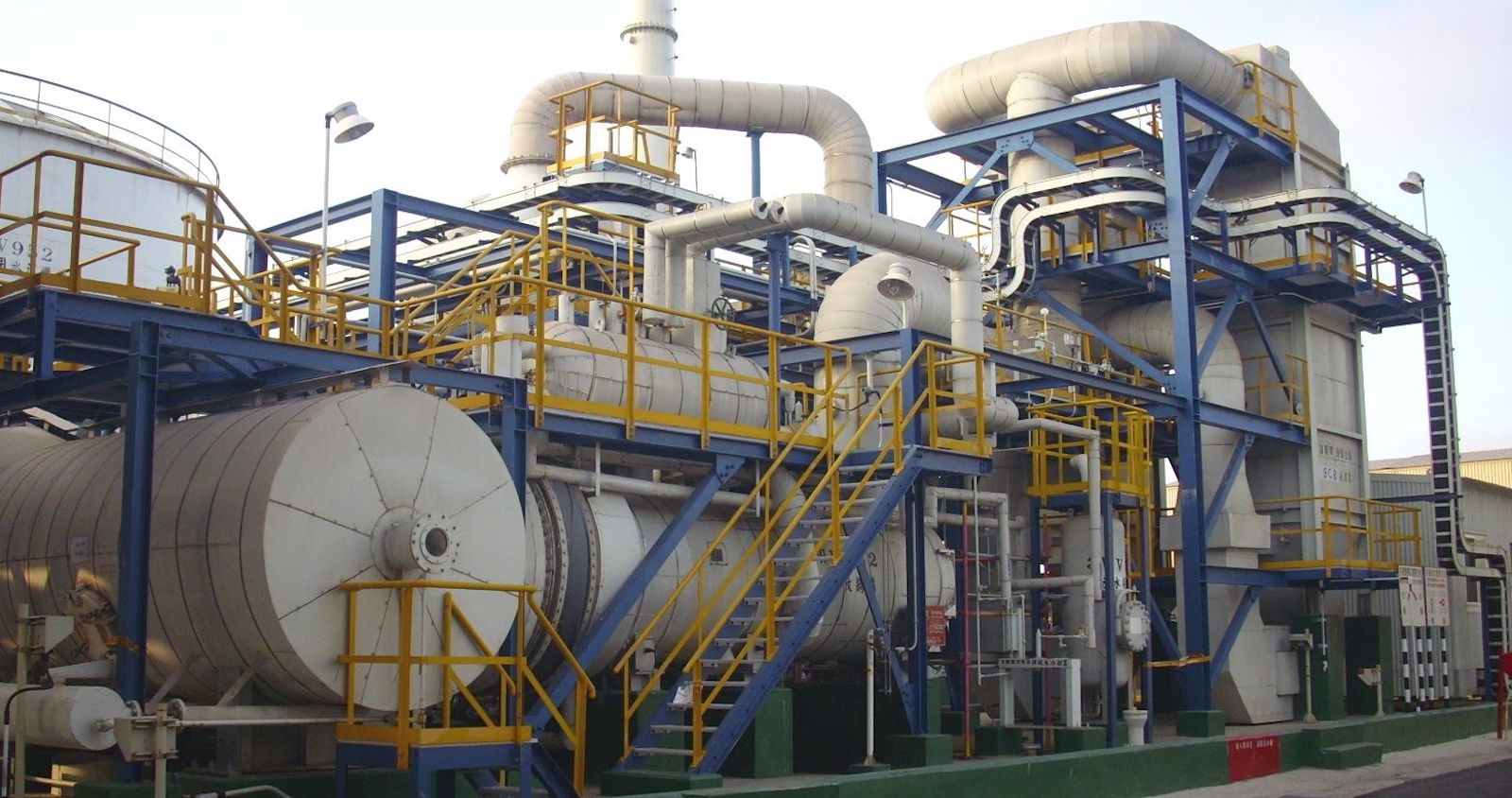Trusted Liquid Waste Disposal Melbourne: Safe and Efficient Providers
Trusted Liquid Waste Disposal Melbourne: Safe and Efficient Providers
Blog Article
Exactly How Fluid Garbage Disposal Functions: A Thorough Summary of Strategies and Technologies Employed

Summary of Fluid Waste Kind
The complexity of fluid waste kinds requires a complete understanding of their features and effects for disposal. Fluid waste can broadly be categorized right into several types, consisting of commercial, local, farming, and contaminated materials. Each classification shows distinctive properties, requiring details monitoring methods to alleviate environmental and wellness risks.
Industrial fluid waste stems from manufacturing processes and usually has a range of impurities, such as heavy metals, solvents, and natural compounds. Municipal fluid waste, primarily comprising wastewater from households and industrial establishments, includes raw material, nutrients, and microorganisms (industrial wastewater treatment). Agricultural liquid waste, consisting of drainage from ranches, may have fertilizers, chemicals, and pet waste, presenting risks to water quality and communities
Hazardous fluid waste is characterized by its poisoning, reactivity, or possible to create harm. This category includes materials like acids, bases, and specific chemicals that require rigid handling and disposal procedures. Comprehending these varied liquid waste types is important for establishing efficient disposal approaches and making certain conformity with environmental guidelines. Appropriate classification and characterization are necessary for implementing ideal treatment techniques and reducing the unfavorable influence on public health and the environment.
Physical Therapy Techniques

Testing is the preliminary step, where bigger fragments and debris are removed from the liquid waste using displays or grates. This process secures downstream tools from damage and makes certain smoother procedure. Complying with screening, sedimentation uses gravitational pressure to different solids from fluids. In sedimentation storage tanks, much heavier bits clear up near the bottom, creating a sludge layer, while the made clear liquid can be more treated.
Filtering is one more necessary method that involves passing the liquid through permeable products, such as sand or membranes, to record smaller fragments. This action enhances the high quality of the fluid, making it ideal for subsequent therapy procedures.

Chemical Treatment Strategies
Chemical therapy methods are necessary for efficiently handling fluid waste, particularly in resolving dissolved and colloidal contaminants that physical approaches might not sufficiently get rid of. These techniques use numerous chemical agents to reduce the effects of, precipitate, or transform unsafe compounds into less hazardous kinds.
One common approach is coagulation and flocculation, where chemicals such as alum or ferric chloride are included in advertise the gathering of put on hold particles. This procedure boosts sedimentation, enabling simpler elimination of the resulting sludge. In addition, oxidation processes, employing agents like chlorine or ozone, are employed to break down complicated natural compounds and pathogens, making the waste much safer for discharge or additional therapy.
Neutralization is another important technique, which adjusts the pH of acidic or alkaline waste streams to neutral degrees, preventing possible damage to downstream systems and the environment. Moreover, advanced oxidation procedures (AOPs) utilize combinations of oxidants and ultraviolet light to break down relentless contaminants, attaining a greater degree of therapy efficiency.
Organic Therapy Procedures
Biological treatment processes play a critical duty in the monitoring of fluid waste by making use of microbes to decompose raw material and lower impurity degrees. These procedures can be generally categorized right into cardiovascular and anaerobic therapies, each employing particular microbial communities to achieve efficient waste destruction.
Cardiovascular treatment entails using oxygen to promote the malfunction of organic materials by germs. This process is frequently carried from this source out in triggered sludge systems, where aeration storage tanks give a helpful atmosphere for microbial growth, leading to the oxidation of organic pollutants. The resultant biomass can be divided from treated effluent with sedimentation.
On the other hand, anaerobic treatment takes place in the absence of oxygen, counting on various bacteria to damage down raw material. This method is particularly helpful for high-strength waste, as it produces biogas, a renewable power resource, while minimizing sludge production. Technologies such as anaerobic digesters are frequently used in local and industrial applications.
Both anaerobic and aerobic biological treatments not only minimize the environmental influence of liquid waste yet likewise assist in source recuperation, making them important parts of sustainable waste administration methods. Their flexibility, effectiveness, and performance sustain their visit homepage widespread application throughout various markets.
Emerging Technologies in Disposal
Ingenious techniques to fluid garbage disposal are rapidly evolving, driven by developments in technology and an increasing emphasis on sustainability. Among these arising modern technologies, membrane bioreactors (MBRs) have acquired grip for their ability to combine biological treatment with membrane purification, causing high-grade effluent that can be reused in different applications. MBRs make it possible for smaller sized impacts and a lot more reliable procedures compared to standard systems.
An additional appealing development is the usage of anaerobic digestion incorporated with nutrient healing modern technologies, which not just treats liquid waste yet likewise creates biogas and recovers useful nutrients like nitrogen and phosphorus. This twin benefit boosts resource effectiveness and minimizes environmental effect.
Additionally, progressed oxidation processes (AOPs) are being adopted for the deterioration of complex organic toxins. These methods utilize effective oxidants and stimulants to damage down contaminants at the molecular degree, supplying a very reliable service for challenging waste streams.
In addition, the assimilation of expert system and machine knowing in waste management systems is maximizing operational performance and anticipating upkeep, bring about minimized costs and enhanced ecological conformity. These technologies mirror a significant shift towards even more sustainable and reliable fluid waste disposal techniques.
Verdict
In verdict, effective fluid waste disposal look at this site requires a comprehensive understanding of different techniques and innovations. By constantly advancing these approaches, it comes to be feasible to resolve the growing challenges linked with liquid waste, inevitably contributing to environmental defense and source healing.
Liquid waste disposal is a crucial facet of ecological management, calling for a detailed understanding of various strategies and innovations customized to various waste kinds. Liquid waste can extensively be classified right into numerous types, consisting of industrial, community, farming, and harmful waste. Agricultural fluid waste, including drainage from farms, might include plant foods, pesticides, and animal waste, posturing threats to water top quality and communities.
Numerous physical treatment approaches play a vital role in taking care of liquid waste effectively - industrial wastewater treatment.In conclusion, effective fluid waste disposal requires a thorough understanding of various methods and innovations
Report this page